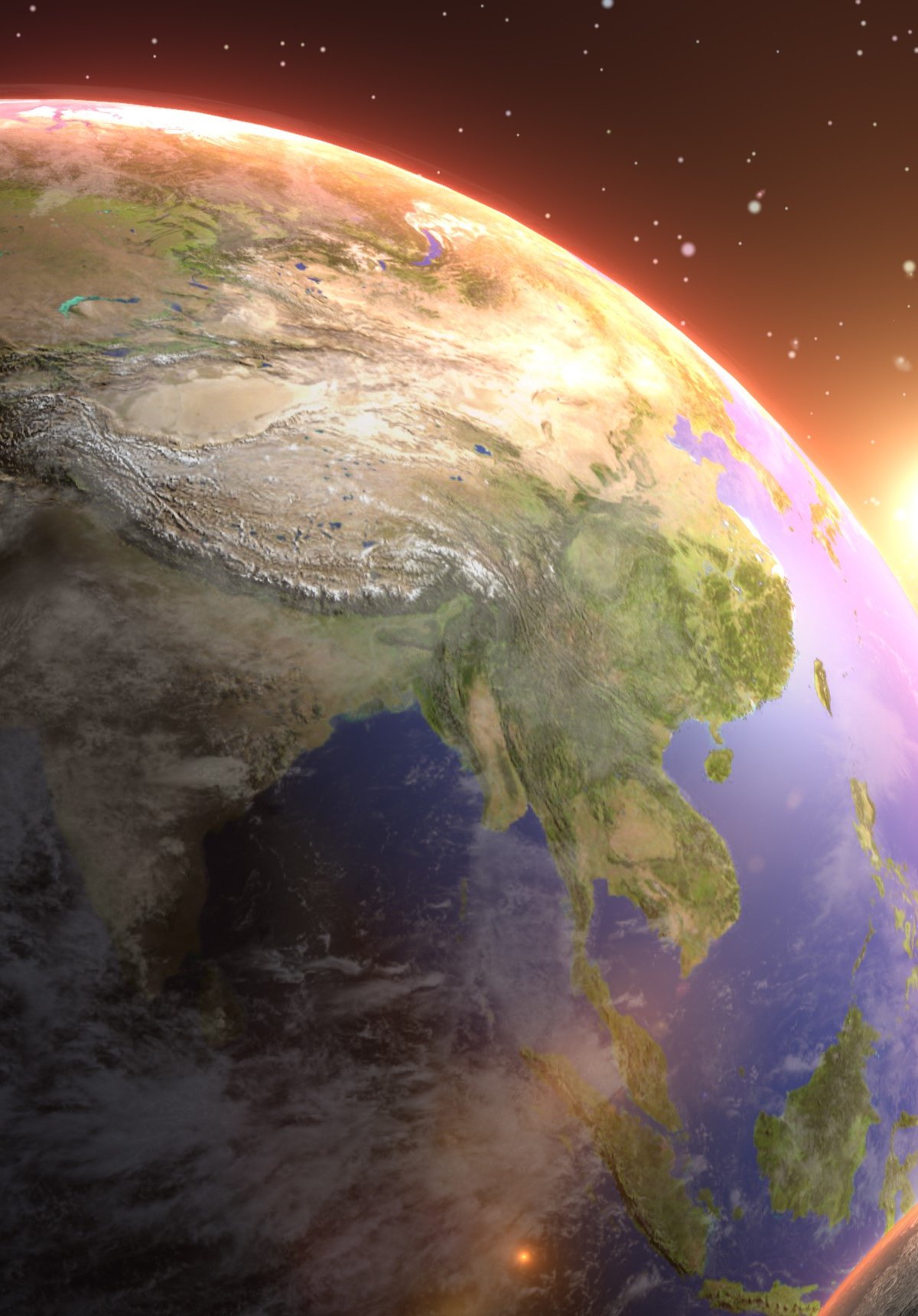A total solar eclipse is a rare event that occurs in the same place on average every 375 years; The last one in Brazil occurred in 1994, and the next will occur only in 2045. But a total solar eclipse is not the only cosmic event with these characteristics. This astronomical event, called an occultation, is technically similar to total eclipses and can occur in different parts of the Solar System. – and outside of that too.
A lunar eclipse is also considered a type of occultation, but you need to be on the dark side of the lunar surface to watch the Earth completely block the Sun. What actually happens for viewers on Earth during the event is that the Earth’s shadow completely obscures the Moon, but observation is only possible in some parts of the planet.
In fact, the Moon does not just hide the Sun. The natural satellite generally tends to obscure the stars; The structure also hides planets, but this phenomenon is much rarer. Currently, the technology even allows researchers to use astronomical data to understand how many stars will be blocked by the Moon in the coming months.
“Occultation is the complete obscuration of the light of an astronomical object, usually a star, by another astronomical object, such as a planet or satellite. As a result, a total solar eclipse is when the Sun is covered by the Moon. By carefully measuring the decrease in density of some stars as they disappear behind the Moon, astronomers can determine their angular diameters and see whether they are a binary system (a pair). The Encyclopedia Britannica website describes “stars orbiting around their common center of gravity.”
Concealment is a phenomenon that concerns science. because it could help astronomers discover some properties of these blocked cosmic objects. It is worth emphasizing that I am talking more about the Moon, but such events can happen to all celestial bodies and in every region of the universe.
To better understand what occultation means in the astronomical universe, we gathered information from astronomers and other scientists in the field. Check out!
Obstructions in space
Astronomical occultation is usually observed from Earth due to the ease and abundance of terrestrial observation instruments, but it can also occur on any object in space.
Similarly, The host star of a hypothetical system could eventually pass in front of an exoplanet and block its view for about an hour. A real-life example of extraterrestrial occultation observation occurred in 1969 when Apollo 12 astronauts observed a solar eclipse while traveling to the Moon.
The natural satellite often obscures the stars because different stellar objects may be blocked in the observation path due to the motion path of the moon. Fortunately, scientists say this phenomenon may help answer some questions about these hidden objects. or even improve existing knowledge of star positions and movements.
“From star occultations, astronomers can determine the precise sizes and shapes of planets, asteroids, and moons, as well as the temperatures of planetary atmospheres. The encyclopedia Britannica adds: During the star occultation on March 10, 1977, astronomers unexpectedly discovered the rings of Uranus.”
The International Eclipse Association (IOTA) notes that observing a lunar eclipse is not that simple. Observers on Earth would only need to be on a path stretching a few kilometers. In other words, you have to be in a very specific area to notice the phenomenon.
Like sidereal eclipses, planetary eclipses can provide important information about the celestial bodies involved. In 2015, during the New Horizons probe’s flyby of Pluto, scientists mapped its atmosphere, but a 1988 occultation had already revealed that the planet had a nitrogen-rich atmosphere..
In the last decade, Mercury passed in front of the Sun twice, in 2016 and 2019, and blocked it twice. Planetary occultation also occurred on Venus in 2004 and 2012. Temporary blocking can occur even on asteroids. So, have you ever observed any hiding?
Did you like the content? So, stay up to date with more astronomical curiosities at TecMundo. If you wish, take the opportunity to understand how the ‘Earth’s second Moon’ may have formed in a crater on a natural satellite.
Source: Tec Mundo
I’m Blaine Morgan, an experienced journalist and writer with over 8 years of experience in the tech industry. My expertise lies in writing about technology news and trends, covering everything from cutting-edge gadgets to emerging software developments. I’ve written for several leading publications including Gadget Onus where I am an author.













